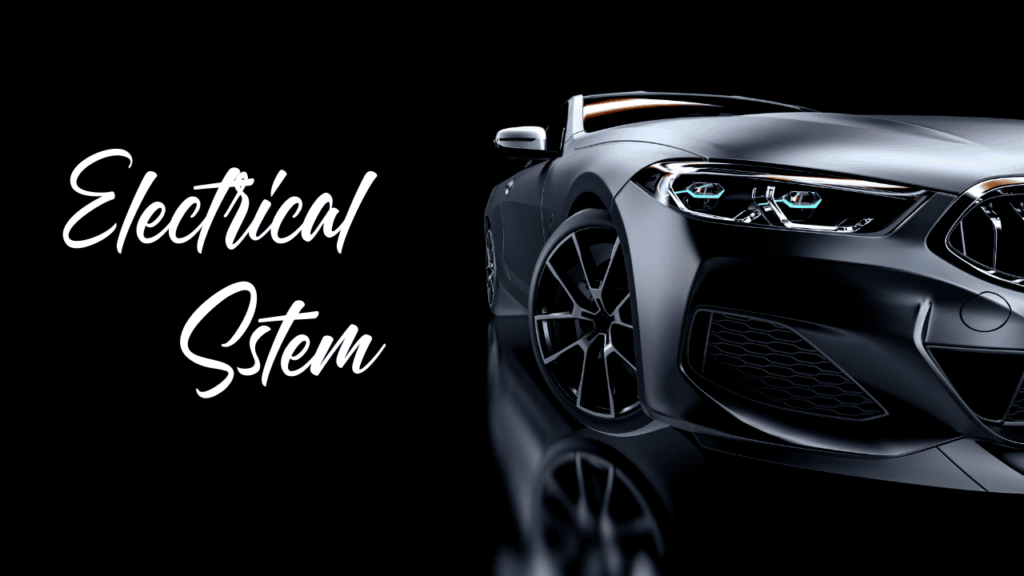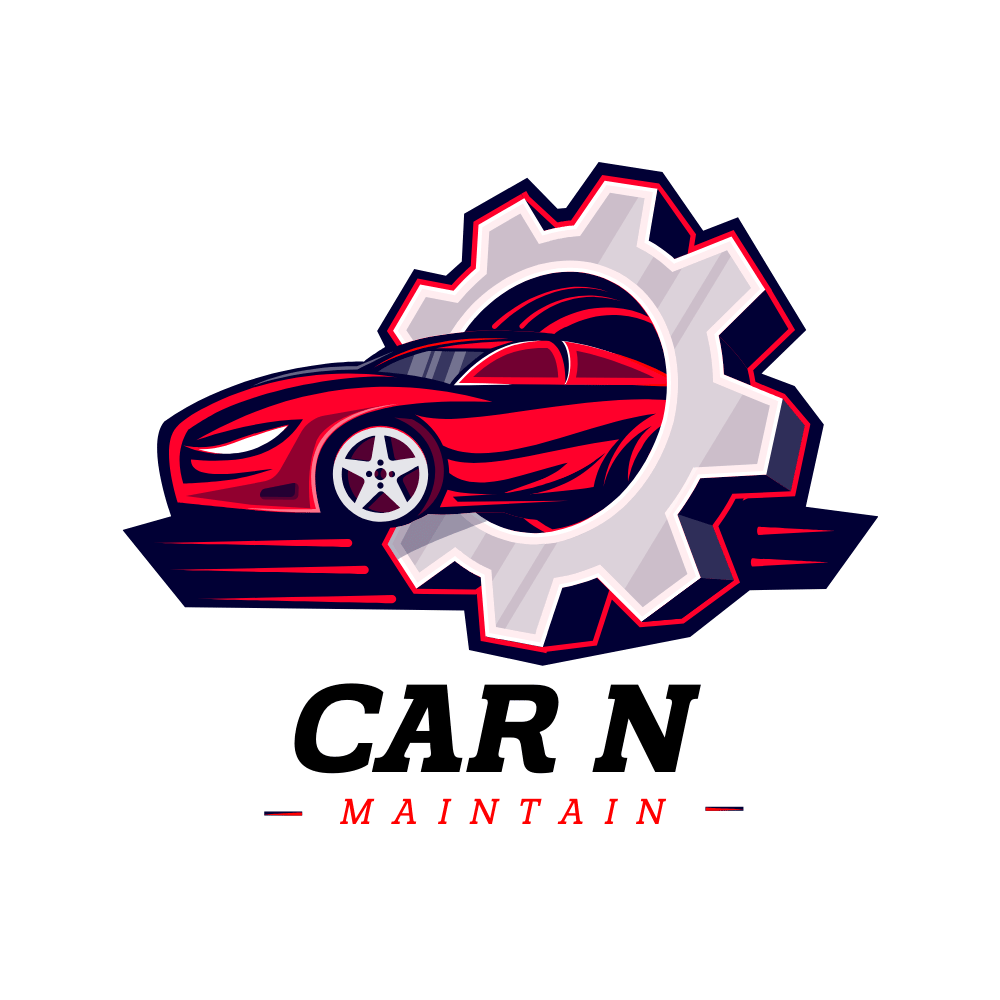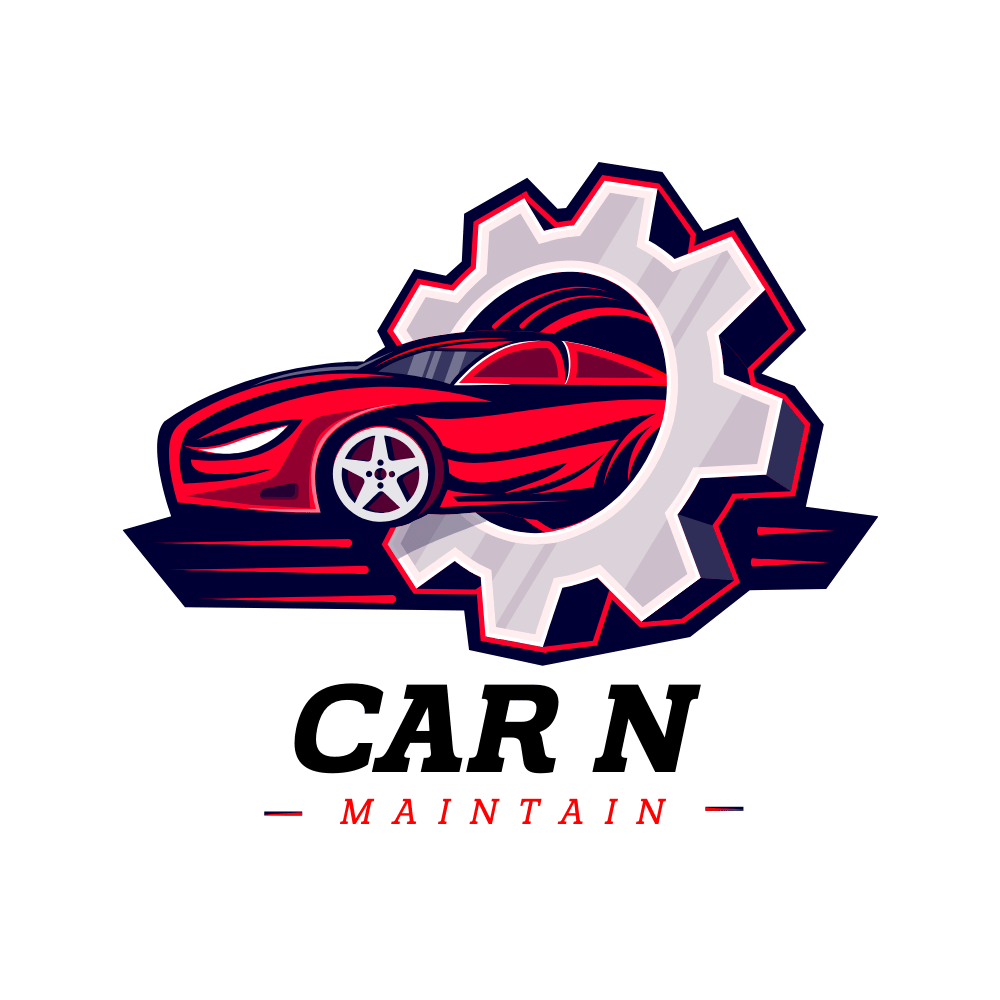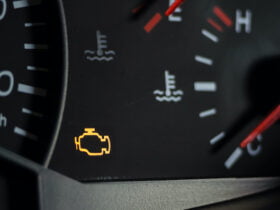Keeping regular maintenance for car lights and electrical systems maintained keeps them safe and away from costly repairs. It ensures optimal vehicle performance.
Auto lights and power supplies are essential for your safety while driving. Well-maintained lights provide a boost to your vision and good electrical networks make everything run smoothly. If you fail to keep up with maintenance, you might end up in unsafe situations such as driving without headlights or electrical breakdowns.
Check-up helps you identify issues early and help avoid breakdowns and costly repairs. Regular monitoring and guesswork extends the life of your vehicle’s electrical systems and can help you save thousands over the long run. Maintaining your car lights and electrical systems will help to make driving a safer and smoother experience. Make sure you take care of your car on a regular basis to protect yourself from dangers and ensure your car runs at its best.
Car Light Maintenance
You should keep your car light up to make your life on the road a bit safer. Working lights ensure that you can see and communicate with other drivers. Regular checks keep accidents and expensive repairs at bay. Below we explain how to keep different car lights on
Headlights
Night driving demands headlights. They illuminate the road and make obstacles invisible. You should regularly clean your headlights for grit and grime. Check for cracks or dents on the headlight covers. Replace any burned-out bulbs immediately. Make sure your headlights are properly positioned so that other drivers don’t get blinded.
Tail Lights
The tail lights announce the presence of your vehicle to other vehicles on the road. Remove tail lights on a regular basis to maintain their visibility. Look for damaged or missing covers. Replace any burned-out bulbs promptly. Make sure the tail lights work in order to avoid rear end collisions.
Indicator Lights
Signalling signals announce your turning arrows to other motorists. Make sure to constantly test your indicators. Replace any faulty bulbs immediately. Wash the indicator covers to keep them visible. Make sure that both front and back indicators are working.
| Light Type | Maintenance Tips |
|---|---|
| Headlights | Clean, check for cracks, replace bulbs, align properly |
| Tail Lights | Clean, check covers, replace bulbs, check functionality |
| Indicator Lights | Test regularly, replace bulbs, clean covers, ensure front and rear work |
Keeping the car lights maintained on a regular basis keeps you safe and efficient. So make sure that your car lights are always up to par for a more enjoyable ride.
Electrical System Basics
Your car’s electrical circuitry is its nervous system. It drives vital parts such as lights, sensors, and other electrical devices. Maintenance makes everything run smoothly. Let’s dive into the basics.
Battery
The car battery is the nerve centre of the electric system. It reserves electrical energy for starting the engine, and turns on lights and other accessories when the engine is off. Make sure to inspect the battery terminals frequently for corrosion. Clean them if necessary.
Make sure to check battery voltage using a multimeter. When charged, a good battery should register approximately 12.6 volts.
| Battery Voltage | Condition |
|---|---|
| 12.6 volts | Fully Charged |
| 12.4 volts | Partially Charged |
| 12.0 volts | Low Charge |
Alternator
The alternator recharges the battery while the engine is in motion. It converts mechanical energy into electrical energy. Your battery will not charge if your alternator breaks down. This can result in a dead battery. Listen for weird sounds coming from the alternator. Also, look for warning lights on the dashboard.
1. Check the alternator belt for damage.
2. Make sure you have tight and clean connections.
3. Check the output of the alternator with a voltmeter.
Fuses
Fuses insulate the electrical system from arcing. They cut the circuit if too much current flows through. In the event a device goes out, look at the fuse. Replace blown fuses with new ones of the correct type and rating.
- Locate the fuse box.
- Identify the correct fuse using the diagram.
- Pull out the faulty fuse and replace it.
Make sure you keep spare fuses in your car. This means that you can change them at any time.
Common Issues

It is important to keep car lights and electric systems up to date. It keeps you safe and running at full potential. Not thinking about these can create ordinary problems. Let’s dive into some of these challenges.
Flickering Lights
Flickering lights can be dangerous. They blur sight lines and cause collisions. Common reasons include::
- Loose connections
- Faulty wiring
- Burnt-out bulbs
It is best to keep this in check frequently. Ensure all connections are tight. Replace faulty bulbs promptly.
Dead Battery
A dead battery is frustrating. It can leave you stranded. Common causes include:
- Leaving lights on
- Old battery
- Faulty alternator
Check your battery regularly. Replace it every few years. Ensure the alternator works well.
Blown Fuses
Blown fuses indicate electrical problems. They can cause lights to stop working. Common reasons are:
- Short circuits
- Overloaded circuits
- Faulty components
Check your fuse box on a regular basis. Replace blown fuses immediately. Fix what’s broken and keep it from breaking down.
Preventive Measures
Auto lights and electrical components should be kept well maintained to avoid further complications. Making preventive repairs keeps your car in good condition. Also, it avoids high-cost repair.
Regular Inspections
Look at your car lights and circuits on a regular basis. Inspect for abrasions or dents. Be sure that all lights are working (for example::
- Headlights
- Brake lights
- Turn signals
- Dashboard lights
Use a checklist to ensure you don’t miss anything. Regular inspections can catch issues early.
Cleaning Connectors
Clean connectors may also break the electrical cord. Get them cleaned on a regular basis to keep them in place. Follow these steps:
- Turn off the car.
- Disconnect the battery.
- Use a brush to clean the connectors.
- Reconnect the battery.
Cleaning connectors helps maintain a good electrical connection. It can prevent many problems.
Checking Wiring
Check the wiring in your car regularly. Look for any signs of wear or damage. Broken or frayed wires can cause electrical issues. Follow these steps:
- Inspect the wires visually.
- Look for any exposed or broken wires.
- Replace damaged wires immediately.
Good wiring ensures your car’s electrical systems work properly. Regular checks can prevent problems.

Diy Maintenance Tips
It’s safe and doesn’t create unforeseen risks. You save time and money by performing your own maintenance. Some advice on how to take care of the electrical components in your car.
Changing Bulbs
Changing bulbs is simple and quick. Follow these steps:
- Switch off the engine and open the hood.
- Find the back of the light fixture.
- Take out the bulb holder by turning it clockwise.
- Pull the old bulb out and replace it with a new one.
- Put the holder back in place and turn it counter-clockwise.
Always use the correct bulb type for your car. Check the manual for specifications.
Testing Voltage
Voltage Testing Makes Sure Your Car’s Electrical System Runs Properly. You’ll need a multimeter to do that. And here is how you do it:
- Stop the engine and any electrical appliances.
- The multimeter should be set to measure DC voltage.
- Set the multimeter probes on the battery terminals.
- See what’s going on on the multimeter display.
A normal car battery should display about 12.6 volts. If the reading is lower, then the battery should be charged or replaced.
Replacing Fuses
The fuse safeguards the wiring in your vehicle. A blown fuse needs replacement. Here are the steps:
- Locate the fuse box. It’s typically located under the dashboard or hood.
- Figure out the blowing fuse from the fuse box diagram.
- Take the blown fuse out with a fuse puller or tweezers.
- Replace the fuse with a new one with the same amperage.
Replace the fuse as needed. Make sure the electrical element is working. Maintaining your car lights and wiring regularly will make driving safer and prolong your car’s life.
Professional Assistance
Car lights and circuits need regular maintenance. Seeking professional help makes sure these components run smoothly. Experts know how to detect and fix problems quickly. This is the page that outlines the help you need, who to call, and the price point.
When To Seek Help
Auto lights and electric systems can become hazy. Flickering lights indicate a problem. You are going to need professional assistance at dusk. Other electrical problems such as broken windows need expert attention, too. If your car battery keeps dying, get help.
Choosing A Mechanic
It is imperative that you use the correct mechanic to ensure quality service. Look for certified professionals. See what they’ve done with auto electrical systems. Read reviews from other customers. Make sure they are using advanced diagnostic tools. Any good mechanic will point out the issue and the solution in detail.
Cost Considerations
Cost is a significant factor when seeking professional help. Here is a table to understand the typical costs:
| Service | Average Cost |
|---|---|
| Light Replacement | $50 – $100 |
| Battery Replacement | $100 – $200 |
| Electrical System Diagnosis | $80 – $150 |
Maintenance saves you time and money over time. Neglecting minor problems can cost a fortune in repairs. Get professional help when you need it to protect the safety and efficiency of your vehicle.
Safety Concerns

Auto lights and power supply should be maintained on an ongoing basis for safety reasons. Leaving these systems out creates real dangers.
Visibility Issues
For driving at night or in the rain, car lights are required. Damaged headlights make it hard to see the road. Dark or strobing lights can also distract other drivers. You want your lights to be bright and easy to set.
Electrical Fires
Electrical systems can pose a fire risk if not maintained. Worn-out wires can short circuit and start a fire. Overloaded circuits can also cause dangerous heat build-up. Regular checks can prevent these risks.
Accident Prevention
Running lights and electricity help avoid mishaps. When you brake, signal to those on the other side. Turn signals let people know where you are. Broken lights can cause crashes. Keep your car lights and equipment working properly to ensure your safety.
| Component | Issue | Consequence |
|---|---|---|
| Headlights | Dim or faulty | Poor visibility |
| Wiring | Worn-out | Fire risk |
| Brake Lights | Not working | Increased accident risk |
Environmental Impact
Auto lights and electrical wirings require frequent checkups. It significantly affects the environment. Properly kept systems can reduce carbon emissions. This is where we talk about the environmental implications of good maintenance.
Energy Efficiency
It saves energy by maintaining car lights and appliances. Efficient systems use less power. This reduces fuel consumption. And it cuts emissions too, for the better.
| Maintenance Task | Environmental Benefit |
|---|---|
| Changing bulbs to LED | Reduces energy use by up to 80% |
| Regular battery checks | Prevents battery leaks and contamination |
Proper Disposal
Electrical parts should be properly disposed of. Dried waste is not only destructive to the environment. Batteries and bulbs contain toxic substances. They can contaminate the land and water.
- Dispose of batteries at designated recycling centers.
- Recycle old bulbs properly to prevent pollution.
Sustainable Practices
Maintain your car sustainably by making use of green materials and products. Use recyclable products to minimize waste and resources.
- Use biodegradable cleaning agents.
- Opt for rechargeable batteries.
- Support brands with green initiatives.
You protect the planet, and it maintains your car efficiently. Make sure you always put green practices and products at the forefront.
Frequently Asked Questions
Why Is Car Light Maintenance Important?
Regular maintenance ensures visibility and safety and helps prevent accidents.
How Often Should Car Lights Be Checked?
Check your lights every 3 months or every 5,000 miles to ensure they’re working correctly.
What Are Signs Of Electrical System Issues?
Look for dimming lights, slow engine cranking, or a battery warning light on the dashboard.
Can Faulty Car Lights Drain The Battery?
Yes, malfunctioning lights or faulty electrical connections can drain the battery.
How To Maintain Car Electrical Systems?
Regularly check connections, replace worn-out parts, and clean terminals.
What Happens If Car Lights Fail?
Reduced visibility increases accident risk, compromising safety. Always replace faulty lights immediately.
Conclusion
Regular maintenance of car lights and electrical systems enhances safety and vehicle performance. It prevents unexpected breakdowns and costly repairs. Consistent checks ensure optimal visibility and functionality. Prioritize these checks to keep your vehicle running smoothly. Stay proactive and enjoy a safer driving experience.
Your car will thank you for it.











Leave a Reply